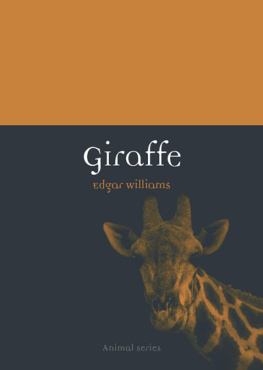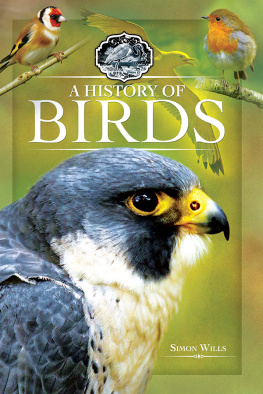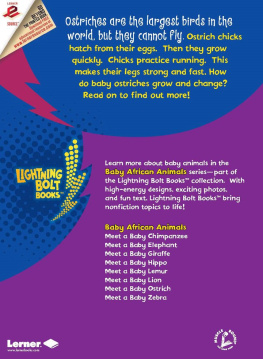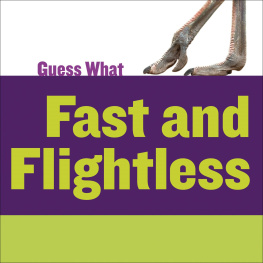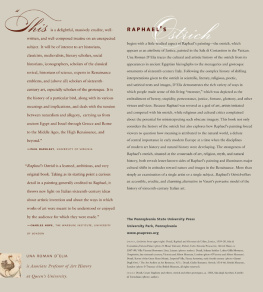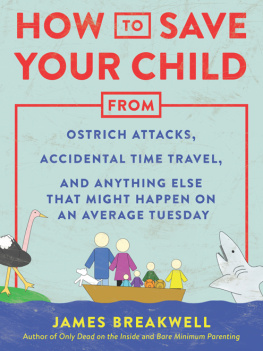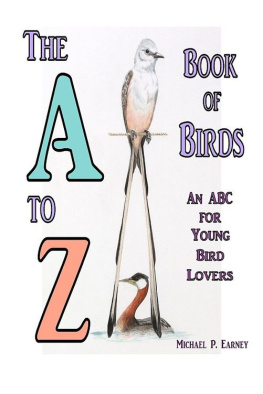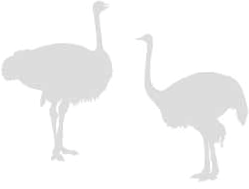Edgar Williams - Ostrich
Here you can read online Edgar Williams - Ostrich full text of the book (entire story) in english for free. Download pdf and epub, get meaning, cover and reviews about this ebook. year: 2013, publisher: Reaktion Books, genre: Romance novel. Description of the work, (preface) as well as reviews are available. Best literature library LitArk.com created for fans of good reading and offers a wide selection of genres:
Romance novel
Science fiction
Adventure
Detective
Science
History
Home and family
Prose
Art
Politics
Computer
Non-fiction
Religion
Business
Children
Humor
Choose a favorite category and find really read worthwhile books. Enjoy immersion in the world of imagination, feel the emotions of the characters or learn something new for yourself, make an fascinating discovery.
- Book:Ostrich
- Author:
- Publisher:Reaktion Books
- Genre:
- Year:2013
- Rating:5 / 5
- Favourites:Add to favourites
- Your mark:
Ostrich: summary, description and annotation
We offer to read an annotation, description, summary or preface (depends on what the author of the book "Ostrich" wrote himself). If you haven't found the necessary information about the book — write in the comments, we will try to find it.
Ostriches may not be able to fly, but they loom large in the bird kingdom. They are the worlds tallest and heaviest living birds, and they lay the largest eggs. With their long legs, ostriches are also fleet of foot, running up to 43 miles per hour, and formidable fightersan ostrich kick can kill. But since the beginning of history, these extraordinary and outlandish birds have also been exploited by humans for their eggs, meat, skin, and feathers. In Ostrich, Edgar Williams provides a singular, comprehensive insight into the natural history, behavior, and habitat of this monumental bird. Williams describes how the demand for ostrich feathers was so great during the Victorian era that vast fortunes were made from ostrich farming, particularly in South Africa and the United States. After fashions changed following World War I, farmers lost their fortunes, but the now domesticated ostrich found a new purposetoday, ostrich farmers produce plumes and leather for luxury markets, as well as meat for grocery stores. In addition to telling its, Williams reveals how the ostrich has been featured in culture, from its representations in cave paintings, medieval manuscripts, and the Bayeux tapestry to its use in advertising and cartoons. Featuring many striking illustrations, Ostrich will interest nature lovers, artists, and fashionistas alike.
Edgar Williams: author's other books
Who wrote Ostrich? Find out the surname, the name of the author of the book and a list of all author's works by series.


